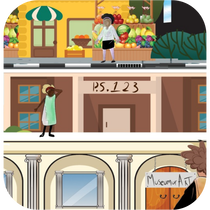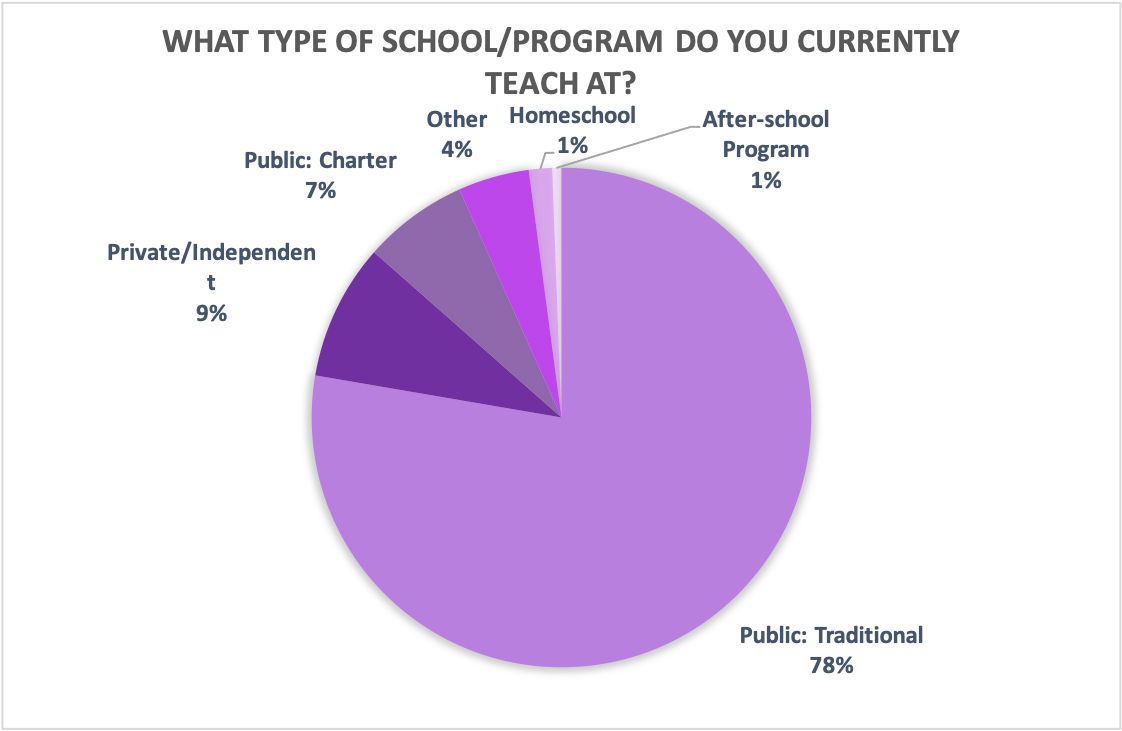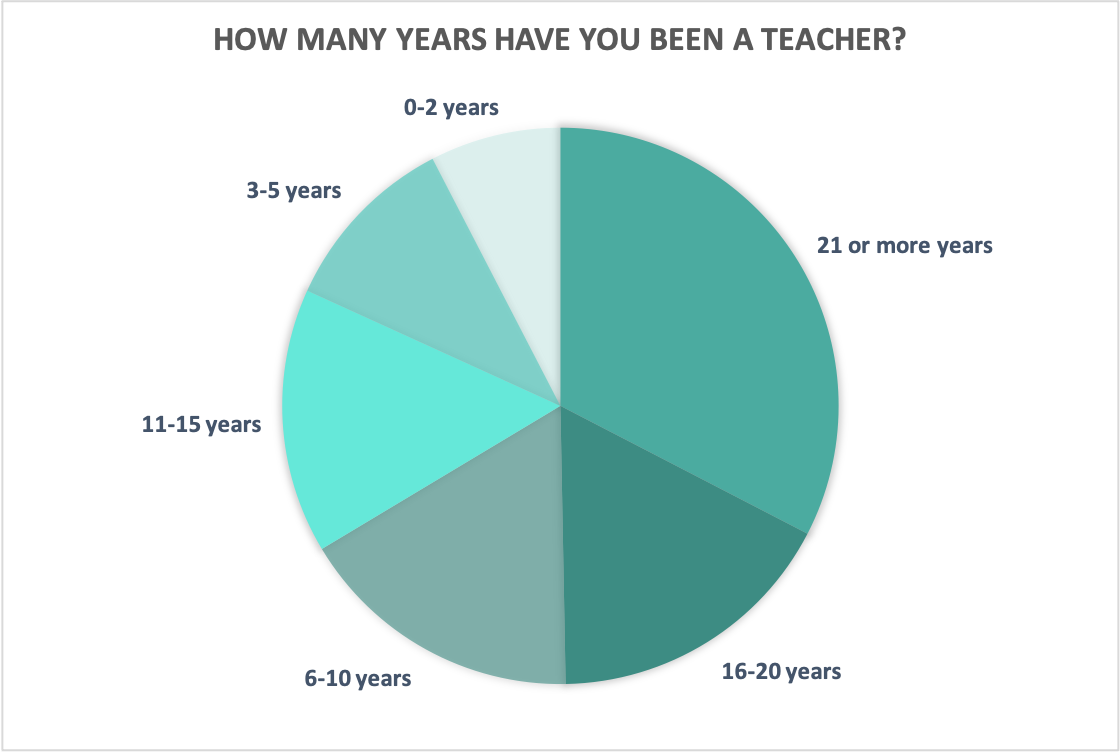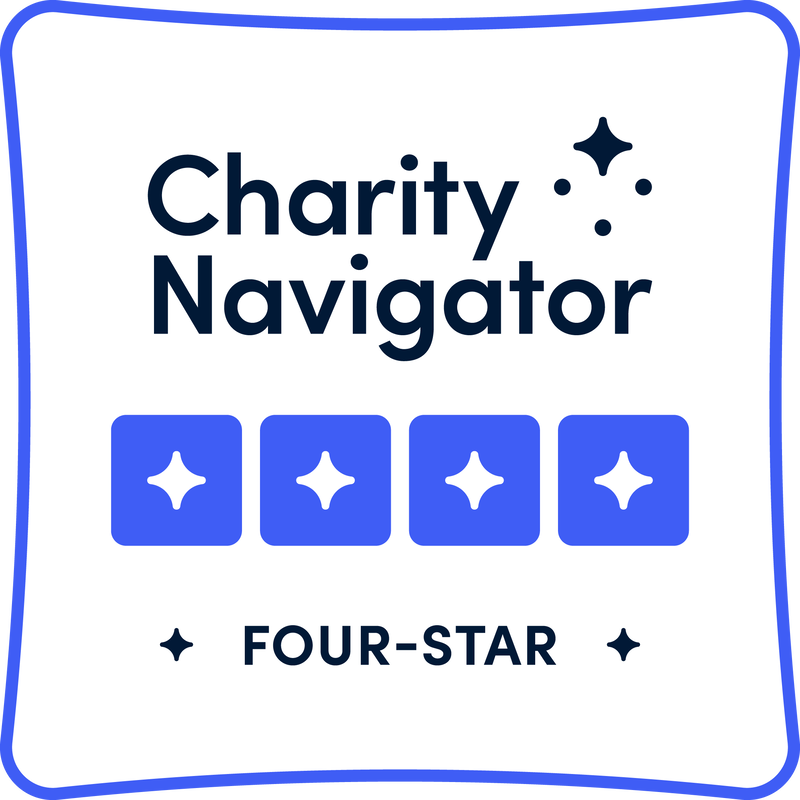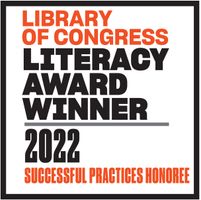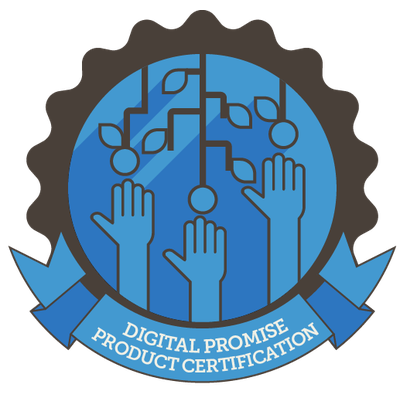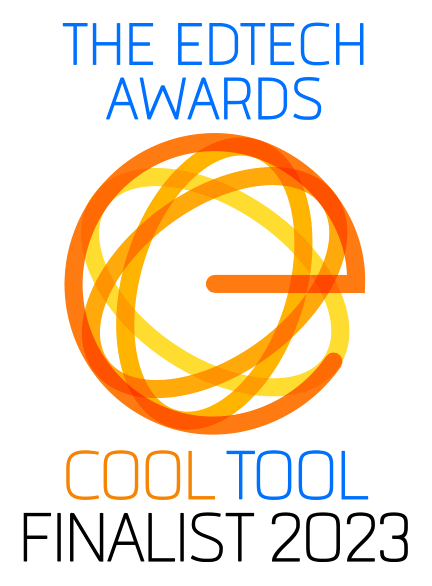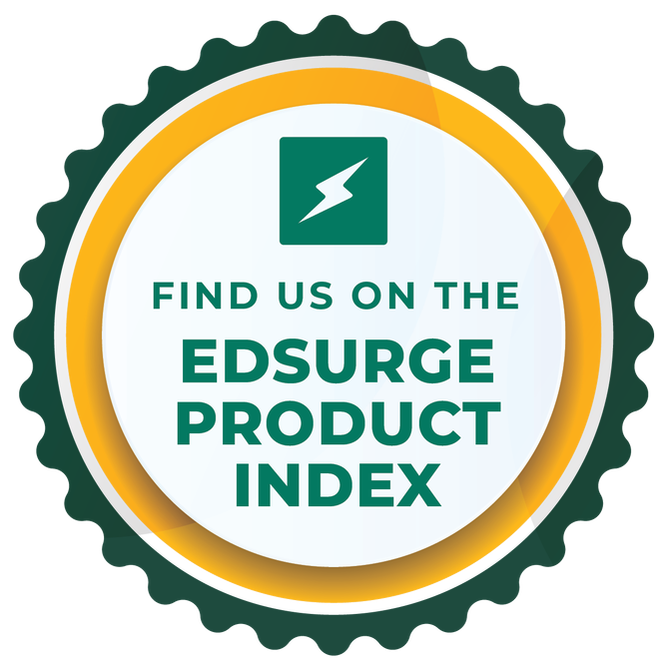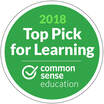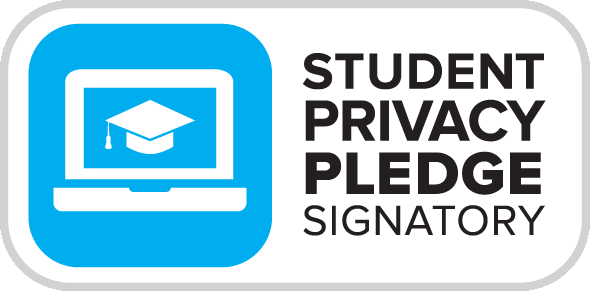Our Newest Content:”I have enjoyed ReadWorks articles with my 5th graders for many years. Thank you!” —Beth, OH Written by:
Becca Vaughn, Director of Development
0 Comments
At ReadWorks, we are always striving to better serve you, our educators, and, in turn, your students. We conducted our first national educator survey in fall of 2019 to be sure we understand your needs. As the pandemic has changed so much about what you and your students need, we released our second national survey this past fall. We heard back from almost 9,000 of you! By understanding how you are using our free resources, we are committed to helping you improve students’ reading comprehension and accelerate their learning recovery. Keep reading to see what you all taught us! Who did we hear from? We had respondents who teach all grades from preschool/Pre-K to adult learners, with the most popular grades, in order, being 5, 4, 3, and 6. We also had respondents from all 50 states, the District of Columbia, and internationally, with the highest responses from California (9%), international (6%), Florida (5%), and Georgia (5%). This diverse representation allows us to understand how ReadWorks is used for different populations in different parts of the world. How do these educators use ReadWorks? We primarily heard from high-use educators, with 69% of respondents using ReadWorks weekly or twice or more per week. We learned that special education educators are the most likely to report frequent use (93% of SPED teachers use ReadWorks frequently), and educators who teach grades 3, 4, 5, and 9, as well as adult learners, are also more likely to use ReadWorks frequently. Not surprisingly, time (both instructional time and time to explore all ReadWorks offers) is the biggest barrier for not using ReadWorks more frequently. Across all of our offerings and resources, we were eager to learn what educators found most valuable about ReadWorks. The top choice was “reading passages that are engaging,” followed by “text-dependent question sets” and “easy instructional routines to supplement my reading instruction (e.g., Article-A-Day).” With our library of thousands of nonfiction and fiction passages, we were heartened to learn that 84% of educators are able to find texts that are representative of, and therefore more engaging to, their students. We also wanted to dig into how teachers are assigning texts and whether they are assigning grade-level material by the end of the year, knowing the urgency of having students reading on grade level. Interestingly, the majority of educators tend to assign the same grade level of ReadWorks passage at the beginning and end of the school year. 40% of educators start the school year assigning passages at their students’ grade level, and by the end of the school year, 59% of educators are assigning grade-level texts to the majority of their students. This behavior differs for elementary, middle, and high school: as the age of students increases, more educators report assigning passages that are one or more grade levels below. Particularly for high school, 53% of educators begin the year assigning passages that are 2+ grade levels below, and over ⅓ of these educators still assign passages that are 2+ grade levels below at the end of the year. It is clear to us that ReadWorks is often used for intervention for older students. How do these educators meet the needs of all their students? When asked about student populations (with the option to check all that apply), 72% of respondents teach general education, 53% special education, 42% students from low-income households, 39% ELLs, 30% students who have experienced trauma, and 28% students with dyslexia. The overlap of student population choices make it clear to us that the majority of you need to adapt your instruction to meet the different needs of your students, many of whom receive special education services, come from low-income communities, and/or are English learners. We were thrilled to learn that almost 2/3 of respondents use ReadWorks to differentiate for their students. Many educators assign different texts for their students, as well as turn on audio to accompany the texts. Additionally, 1/3 of educators have assigned StepReads, which are a way to scaffold emerging, beginning, or struggling readers by allowing them to read a more accessible version of a passage before tackling the original grade-level text. Unfortunately, respondents confirmed what we feared: that our other differentiation tools, like eBooks, Article-A-Day ELL supports, and offline mode, have low usage and awareness. So, this is one area we are trying to improve upon. What Next? The insights that you all shared have spurred us to action! Here is how we are already incorporating your feedback:
We cannot thank each of you enough and deeply appreciate what you do for students every single day. We hope you find these insights and new features exciting as you continue to engage your students to deepen their knowledge. Written by:
Susanne Nobles, Ph.D., Chief Academic Officer |
Categories
All
Archives
July 2024
|






